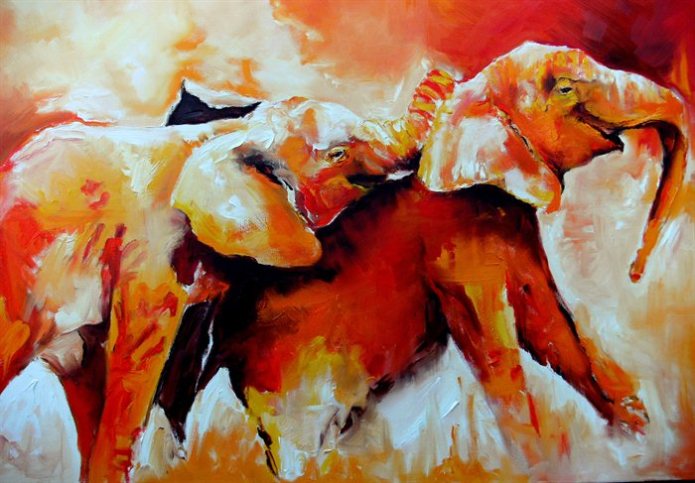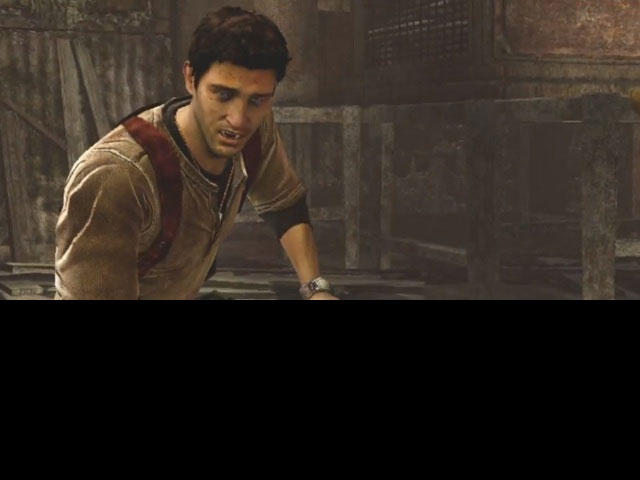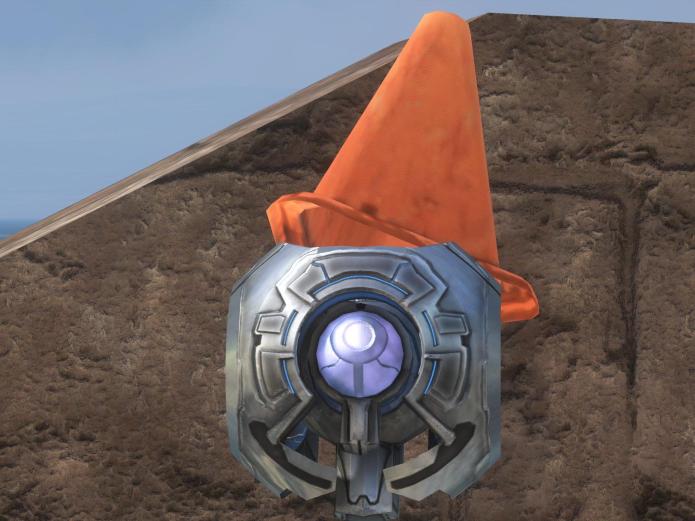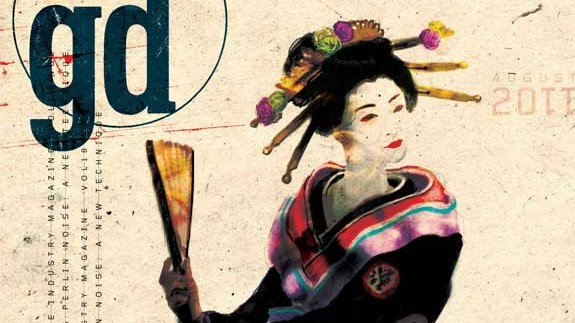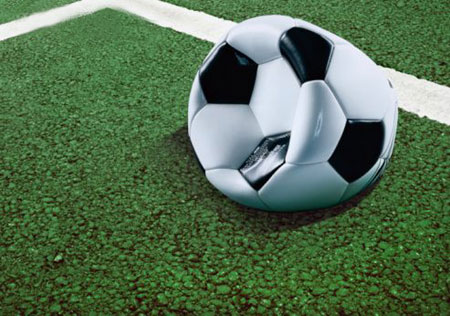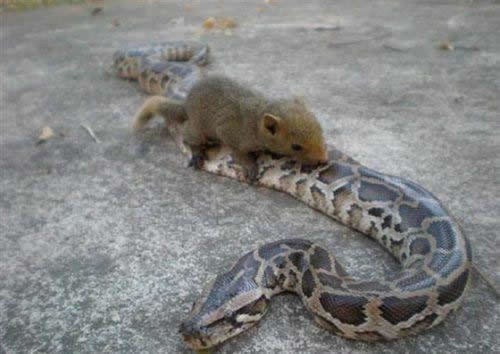As a fan of international competitions and a patriot, it was tough to see the American team lose in the World Cup Finals. But as a professional game designer, it was even worse to see them lose during a penalty shoot-out. If I suggested such a duct-tape solution to a fundamental design flaw I’d be laughed out of the room!
My renewed frustration with the World Cup rules reminded me of a piece I wrote several years ago. It was intended to appear in ESPN Magazine, but it was never published, so I forgot about it until this afternoon. It was a pretty silly exercise, but I thought it might be fun to post it, unedited. The question posed in the article was “What if video game designers invented a sport from scratch?”

Sackball
The Rules of Sackball
When we gathered the designers to talk about creating a new sport for ESPN, I must admit we were a little mystified about how to begin. We’re known for creating Halo, a FPS shooter for the Xbox 360, which has an extensive multiplayer component used for competitive gaming, but how to translate that experience into creating a real sport? We decided to tackle it like we would any game design challenge, by setting some ground rules to guide our brainstorming.
The first guideline we set was about the scope of this new sport. It would have been fun to invent elaborate equipment like holographic balls, virtual reality arenas, and antigravity skateboards, but we wanted to create a game that could be played today, not in some dystopian future-sport. In fact, we decided to stay away from expensive technology and equipment altogether. One of the beauties of soccer is that it can be played anywhere by anyone, all you need is a field and a ball, and that is one of the reasons it is so successful. We wanted to create a game that could be played around the world, as well, so we stayed away from expensive existing equipment like pads or indoor ice rinks or horses.
In the end, the one piece of equipment we decided to create was the epinonymous Sackball™. Every sport has its own signature ball that defines the game and makes it unique. Ever tried to play baseball with a hockey puck? Or bowl with a Frisbee? Hilarious, but hardly practical. (Although, giving Tiger a softball might be an appropriate handicap.) Our specially-designed ball is the Sackball™. It’s a canvas sack, about the size of a deflated beach ball, with a few double-handfuls of buckwheat, sand, or some other grainy material, sewn inside. It’s heavy enough to make it an effort to throw, but because it’s a sack you can use a slinging motion to get some distance. The canvas provides a good grip for carrying and catching, but its weight makes it difficult to carry at a run for long. Also, because it is loosely packed, it doesn’t bounce but remains exactly where it lands.
In addition to being inexpensive, we wanted to make our sport accessible by allowing it to be played anywhere. Not just in a specifically defined field, because that would not be available to some people in our increasingly urban world. No, we wanted a game that could be literally played in any environment, in a field, in an alley, in the middle of a forest, even exotic locations like on an ancient Mayan temple or a spacestation (after all, we _are_ videogame designers!) We wanted to come up with a set of rules that could adapt to any arena, which we would allow players to define using spray paint to create boundaries and scoring areas. In current professional sports, small variations in stadiums create major home field advantage (think the Green Monster or Seattle’s famously loud Quest Field.) Imagine if each team could construct totally unique fields!

Sing Sing Stadium
The final restriction that we set for ourselves was that our new sport had to be completely non-violent. Not just that we weren’t making some late-night B movie blood sport, but that our game would have no intentional contact. Boxing, Rugby and American Football are great sports, but the high risk of injury and punishing play mean they are not appropriate for most people, and we wanted our sport to work on the playground as well as the professional level. We also wanted people of all body types and physical conditions to be able to play, and allowing contact between players might prevent that. We imagined little league teams with elementary school kids all the way up to outrageously strong and fast professional athletes playing this game, with lots of room to improve beyond what current sports allow. Adding the possibility of direct physical conflict seemed to undermine this goal.
In fact, we decided to go even further by eliminating as much contact between players as possible. Basketball is a non-contact sport, but the importance of position and blocking the other team’s ability to advance to the basket leads to all kinds of contact. The big problem with that in a well-designed game is that contact requires referees. What is the difference between a charge a foul? Between blocking and holding? Our ideal sport would not require judgment calls like this, so we determined to eliminate as much unintentional or ambiguous contact as possible by keeping the teams separated somehow.
So, here is our new sport, Sackball™. It is played by two teams of five players. We chose five players because we wanted every player to be a significant part of the game. Even in Halo we prefer small team sizes because it allows each individual to be featured and have a major impact on the outcome, instead of getting lost on a large team. However, we intend Sackball™ to be very physically demanding, even incredible athletes will probably not be able to play for an entire game, so the actual team size would be much larger than five. The team size is also flexible, to allow pick-up games with other kids in the neighborhood. (Ever tried to play baseball with only four friends? It just doesn’t work.)
The arena can be any size, and is created by drawing a single, continuous boundary that encloses a roughly convex field of play. It can be flat, like a football field, or contain obstacles like trees, boulders, parked cars, giant spinning saw blades, whatever is handy. In the arena are five goal zones, spread out so they are roughly equidistant from each other and the arena boundary. These goals or “bubbles” are painted circles about 15 feet in diameter.
One team is designated the “offense” and given the Sackball™. We considered giving the defenders the ball, as in baseball, but that leads to a very conservative game, and what we wanted was explosive action. The offensive team starts the game anywhere along the arena boundary. Their goal is simple, they must get the sack into any of the goal bubbles. They are allowed to carry the sack however they want, throw or kick the sack to other players, or take a shot on a goal bubble. Once the sack touches the ground inside a goal bubble, either by throwing it so it lands at least partially inside the goal or when the ball carrier gets one foot into the bubble, that goal is considered “captured” and the team is awarded one point. The offenders can then pick up the sack again and attempt to capture another goal. When all five goal bubbles have been captured by the same team, that team is awarded three additional points and the round is over.

Gooooooooaaaaaaallllll!!!!
The defenders also have a very simple goal, to prevent the other team from scoring and gain possession of the sack. Three of the defenders are designated as sack pursuers, or “sackers”. They are not allowed to enter the goal bubbles, but they can go anywhere else on the field. If at any time a sacker touches the sackball, lays a hand on the offensive sack carrier or forces the offensive team to let the sack touch the ground, the sack changes possession and the defensive team is given a chance to score. Otherwise they are not allowed to touch the other team (remember, this is a strict no-contact sport.) The other two defenders are called goal keepers. They are the only defenders allowed to stand inside the goal bubbles and attempt to intercept shots or tag a ball carrier trying to score. They are not allowed to tag the ball or ball carriers outside the goals, however.
Though goal bubbles start out neutral, soon they will be captured by one team or the other, leading to a tug-of-war scenario where each team tries to re-capture the other team’s bubbles. When the sack changes possession, the new offensive team is allowed to freely carry the sack back to any bubble they control, giving them some free space to organize a play. Since defenders are not allowed into goal bubbles, it will be crucial for offensive teams to use them as a staging area. The final goal in any round will be the most difficult, since there will be two defending goal keepers in the goal. But since winning a round is worth more points, it will be important to the offensive to be able to do so.
After each round there is a short break to allow teams to make substitutions (and for commercials, we want this sport to be popular with television program directors, too!) Play will continue with a new round until the teams have played for 90 minutes, after which the current round will continue until it finishes, but no new rounds will start. In the case of a tie after the completion of the final round, whichever team successfully captured all five goals to end the round will win the game. (That way the game cannot end in a tie.)
While we have not yet played a game of Sackball™ (our sack-sewing skills are sorely lacking) we believe it would be a very dynamic game, with a lot of high-energy movement, quick passing and scoring, and extremely demanding athletic play. But it would also have room for deep strategy, which order to attack the goal bubbles, how best to use the safe zones of captured goals, and how to overcome and take advantage of any obstacles or cover included in the customized arenas. Also, it gives the opportunity for exciting fast breaks as a good team may be able to score very quickly in succession before the defending team has a chance to reset after a goal.
The designers really enjoyed the challenge of creating a new sport that was not just fair, but also physically demanding, capable of being played at many levels of athleticism, and around the world in all conditions. Thanks for the opportunity!

